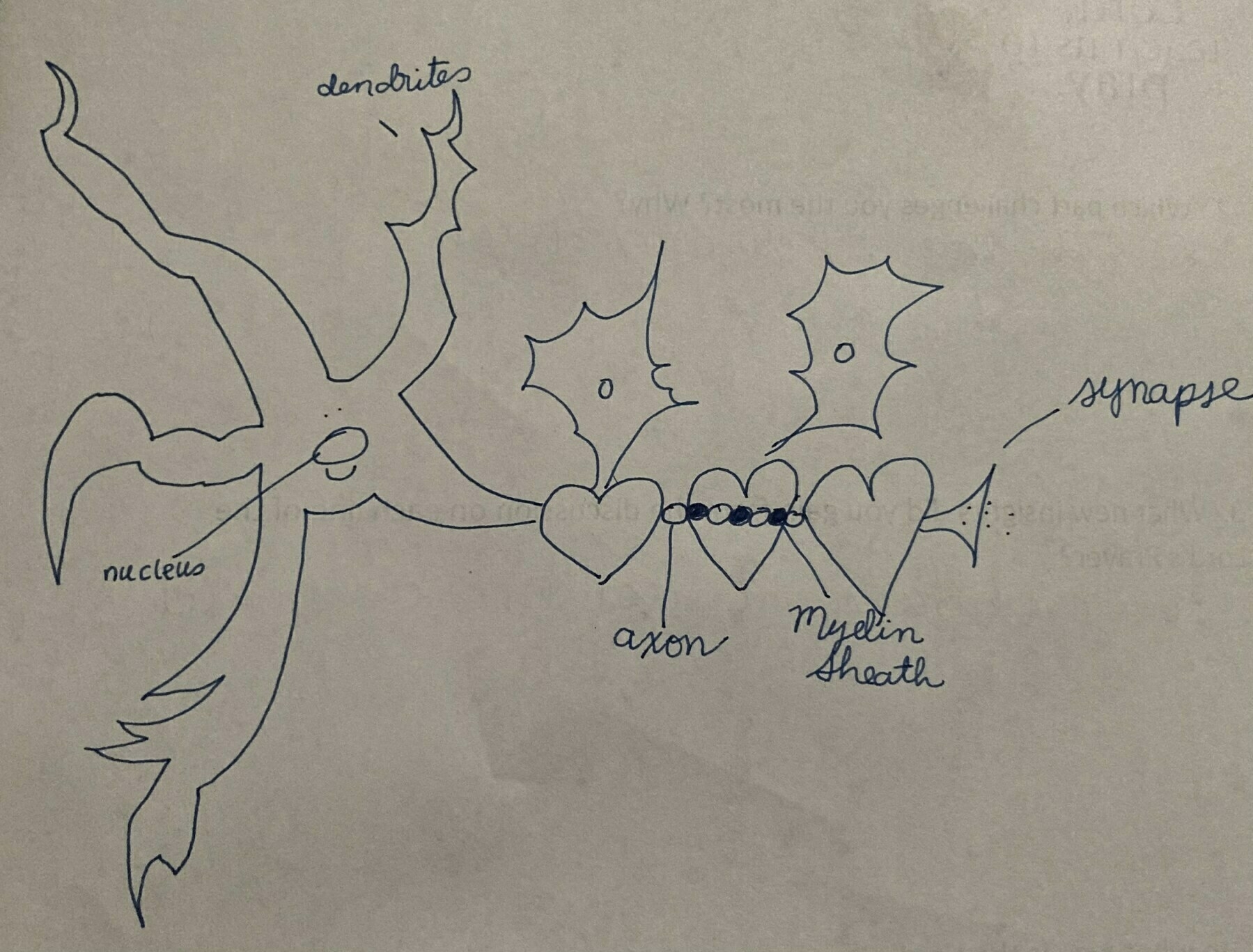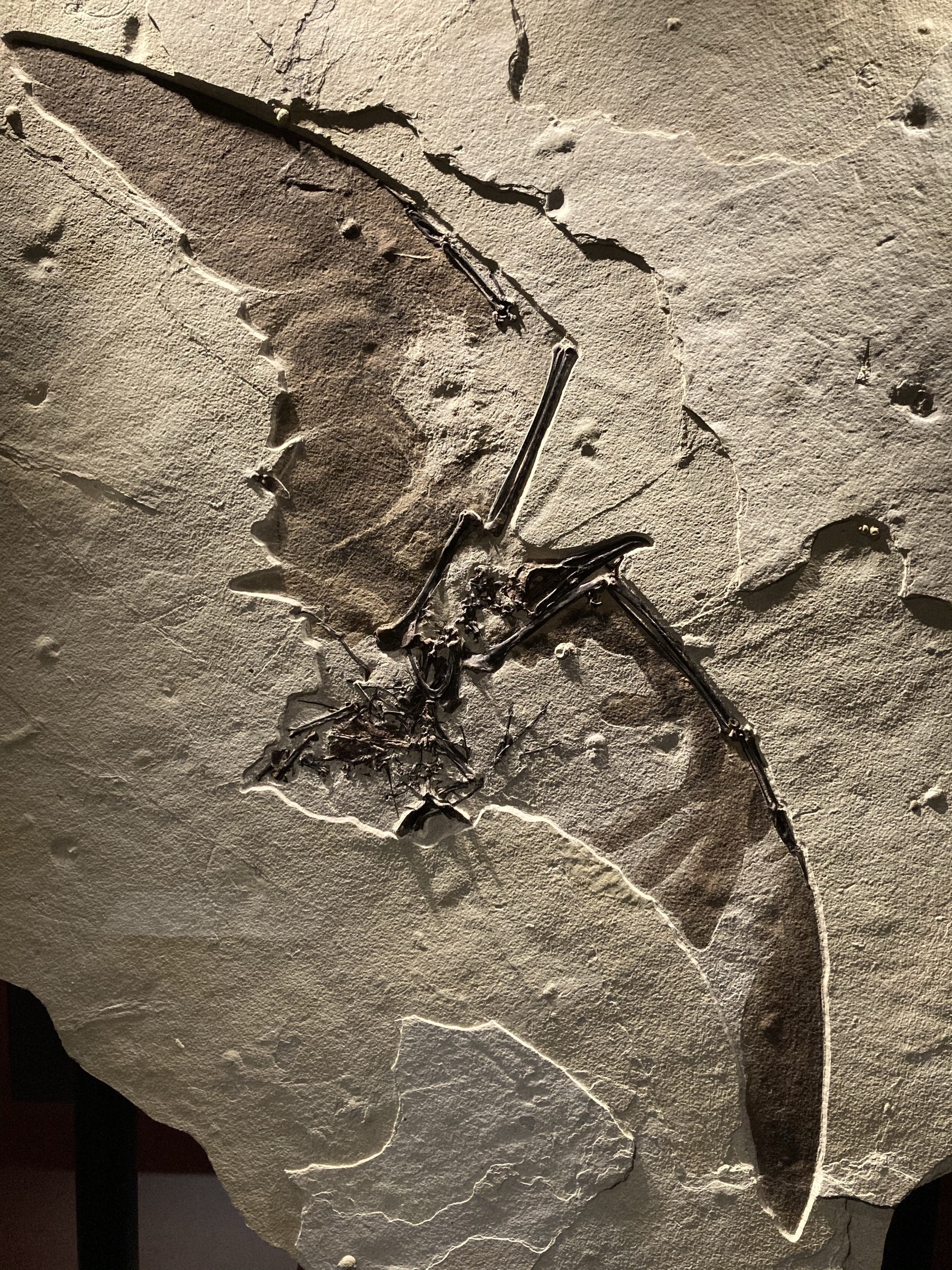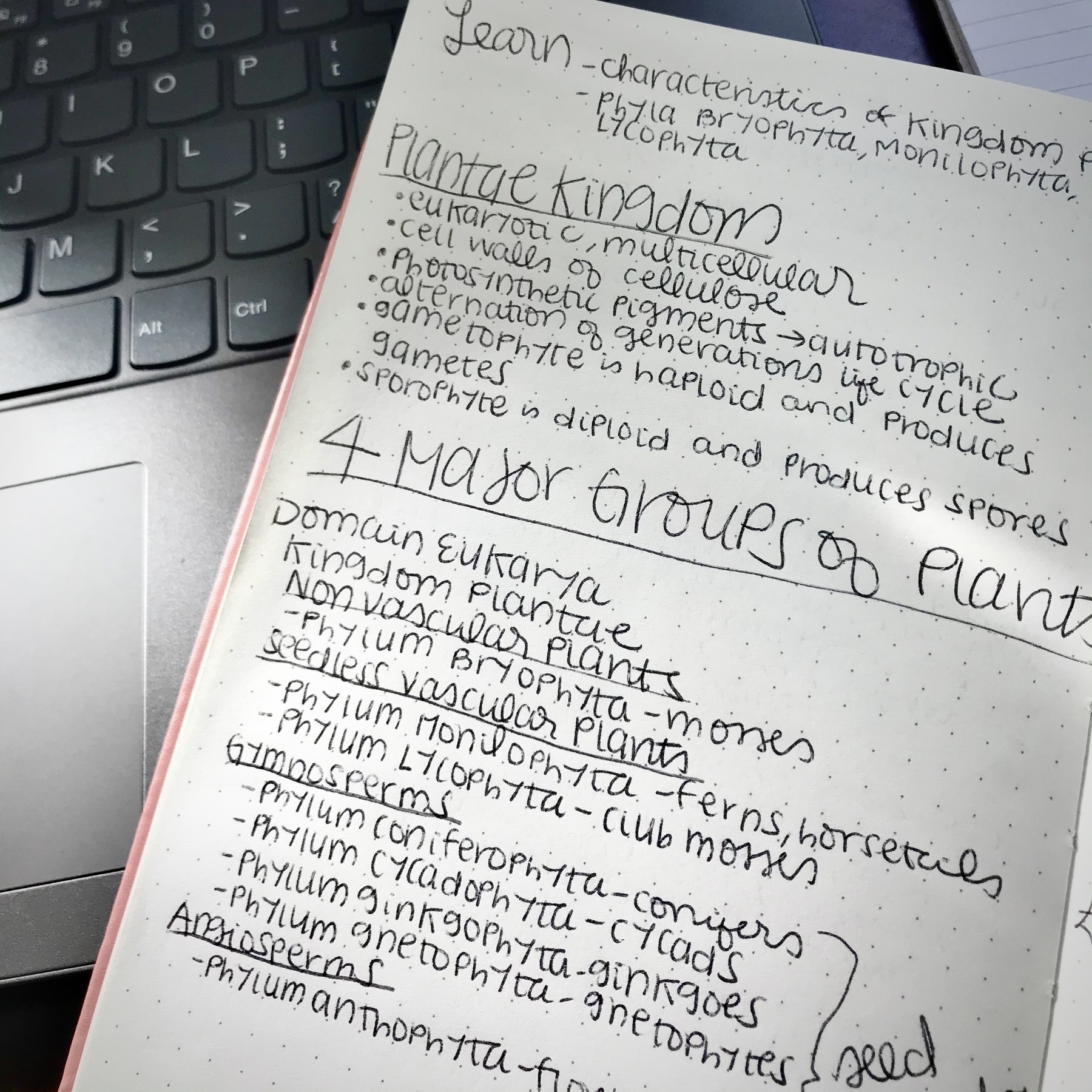Cyan.wtf
Rhamphorhynchus
Triassic period. These creatures had a rudder-like tail that allowed pterodactyls to fly in any direction. Their wife chests and elongated phalanges helped them fly as well. They’re similar to bats; however, their wings are connected to only one digit while bats use four digits for flight.

Sahelanthropus tchadensis
Sahelanthropus tchadensis. Early human ancestor from six or seven million years ago in Chad.


This is an ammonite. They’re currently extinct but are a type of mollusk that lived during the Cretaceous period. They have a distinct spiral shape to them.
Stromatolite found in Bolivia, South America
It is assumed that stromatolites were formed in areas with low oxygen by microbes. These microbes likely respirated using sulfur. We can make assumptions of other life forms on distant planets also use a sulfur system to live. This stromatolite was formed in the Precambrian period roughly 540 million years ago.

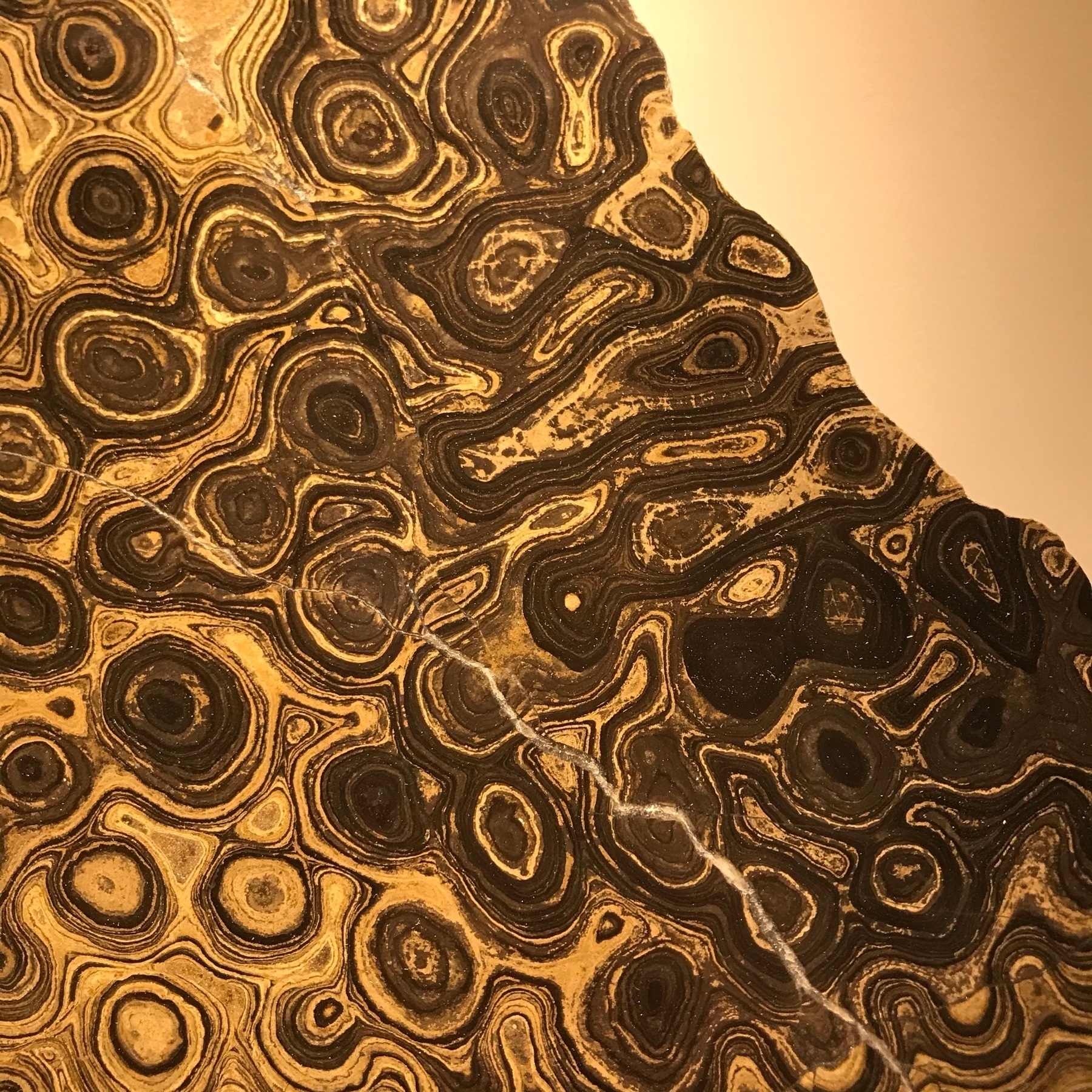
Giant sloths were around almost 10,000 years ago. It’s suspected they were hunted into extinction by the Homo sapiens.
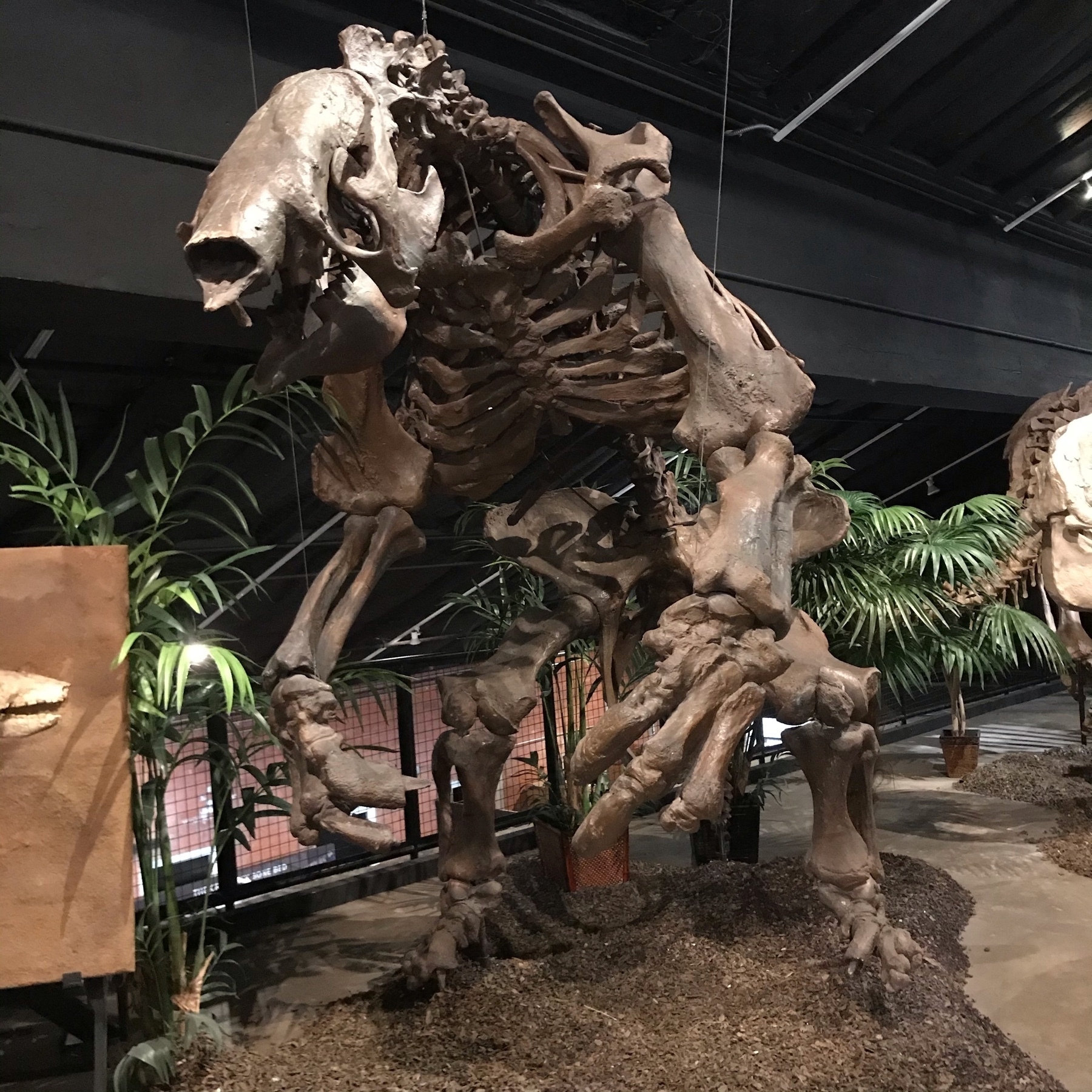
Early Amphibian (Trimerorhachis insignis)
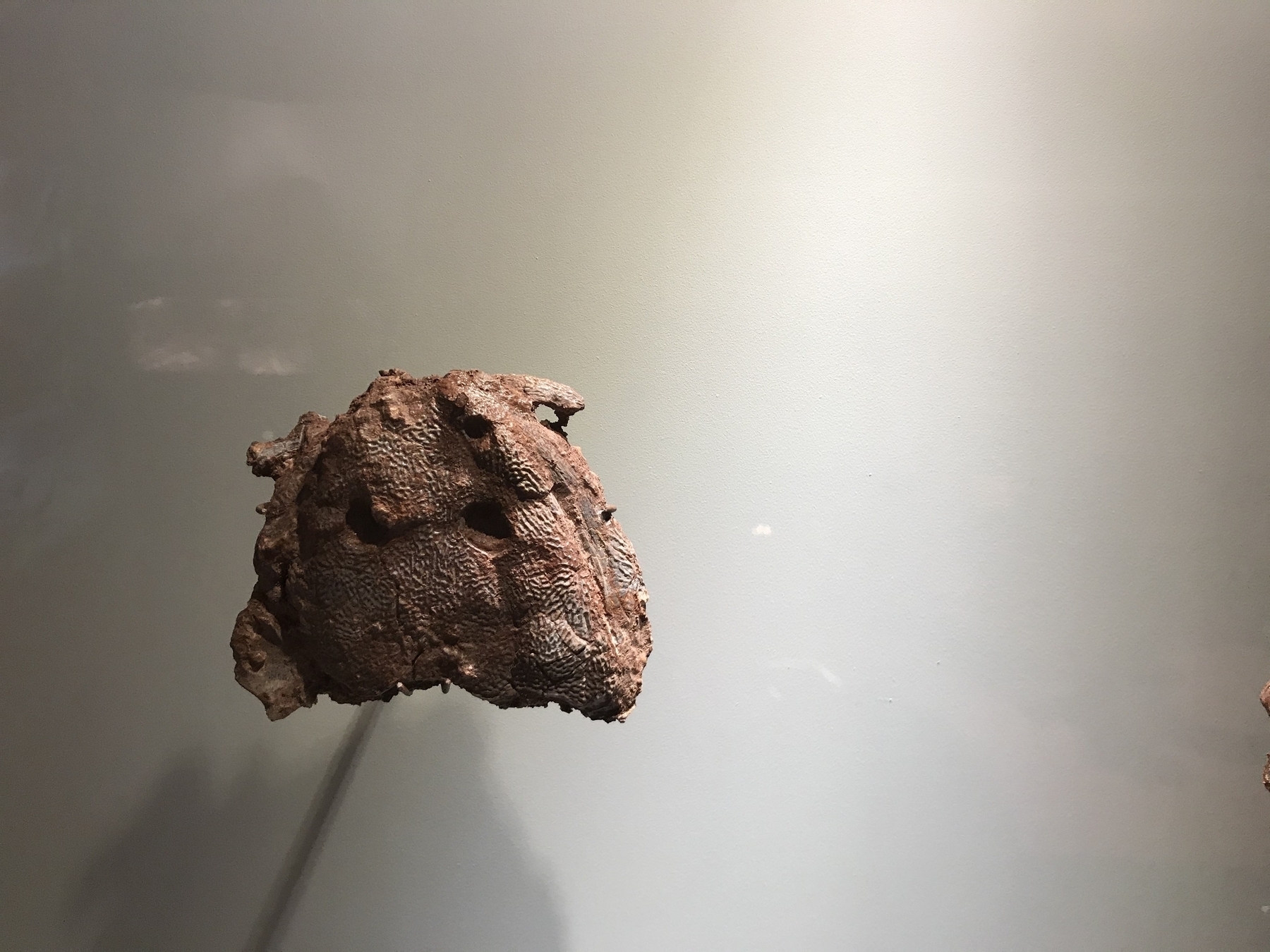
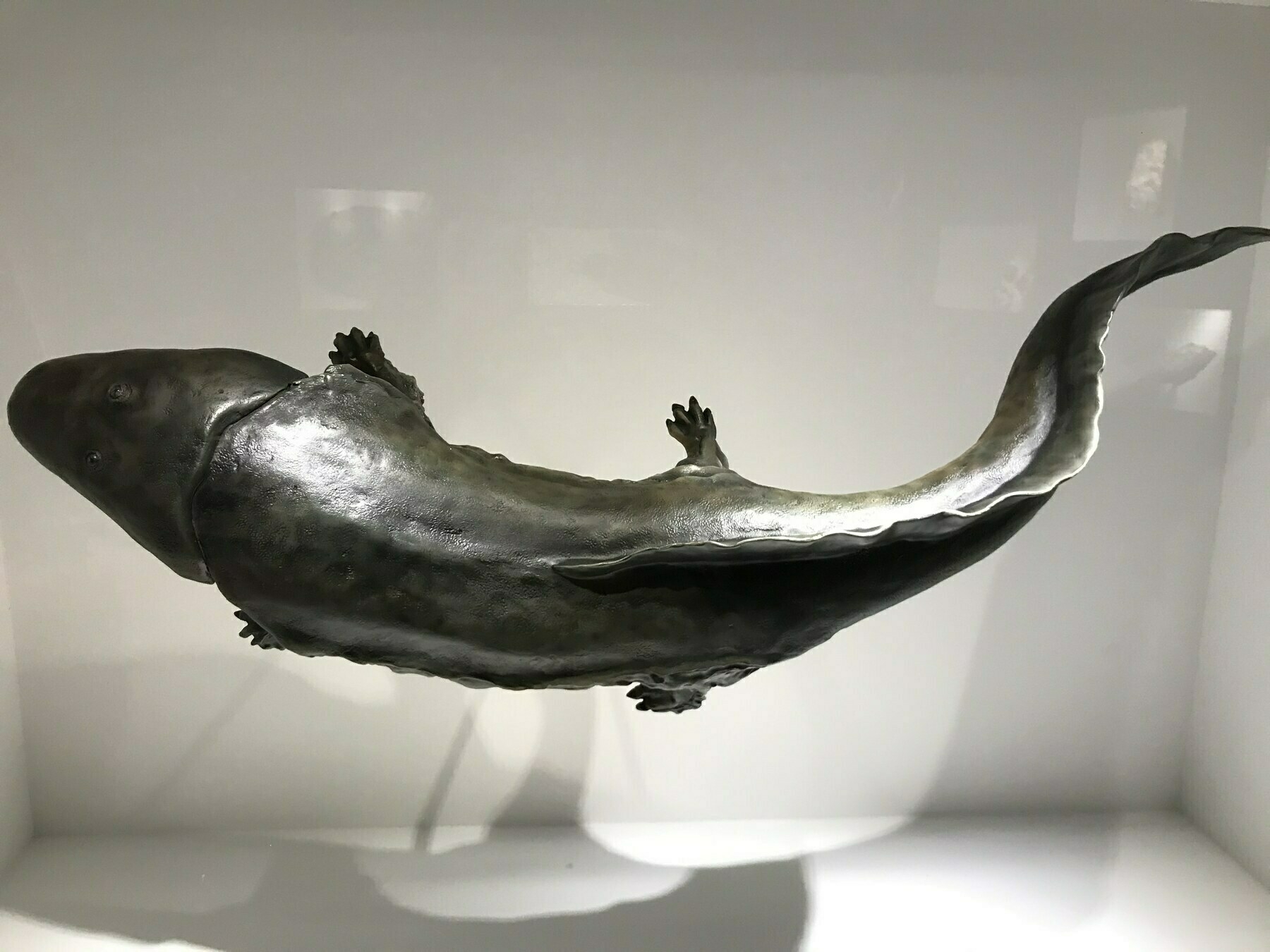
This animal was a precursor to the modern frog and was around in the early Permian period around 300 million years ago. It is widely believed the early amphibian had gills while it was alive. These creatures were found all over what is now Texas and the southern US. The fossil shown on the left was found in Baylor County, Texas.
Dinosaurs are not around yet, but the first mammals make their first appearance around this time.
Crinoids: Jimbacrinus bostocki and Neocamptocrinus
Jimbacrinus bostocki are known for having five tentacle-like structures and they existed in the Ordivician and Permian periods. This particular one is from the early Permian period in Western Australia. Crinoids are a type of echinoderm which is a name used to describe animals such as starfish and sea urchins. These crinoids most likely used their pinnules to feed on small animals and other small particles on the sea floor. 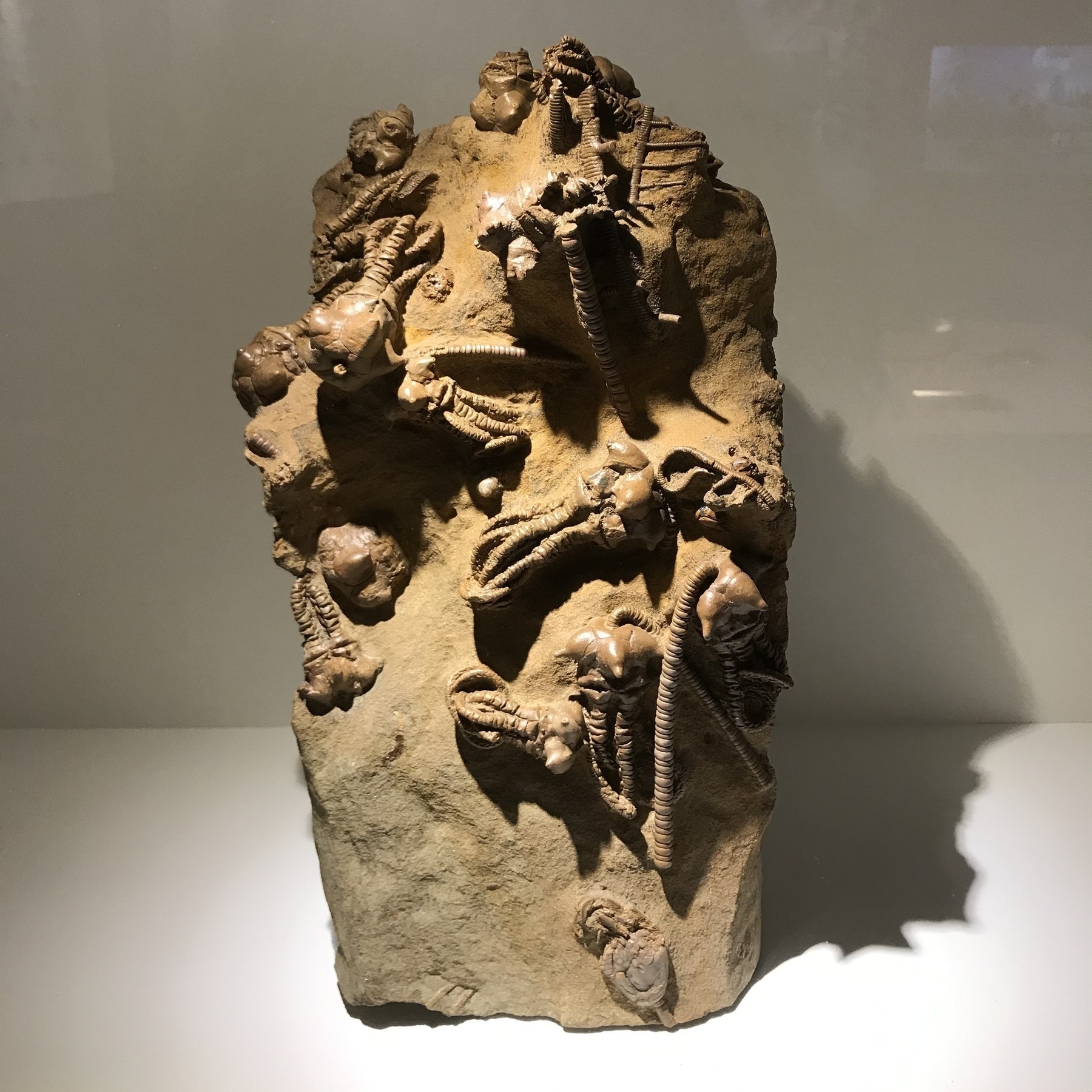

This specimen was found at Jimba Jimba Station in Western Australia.
